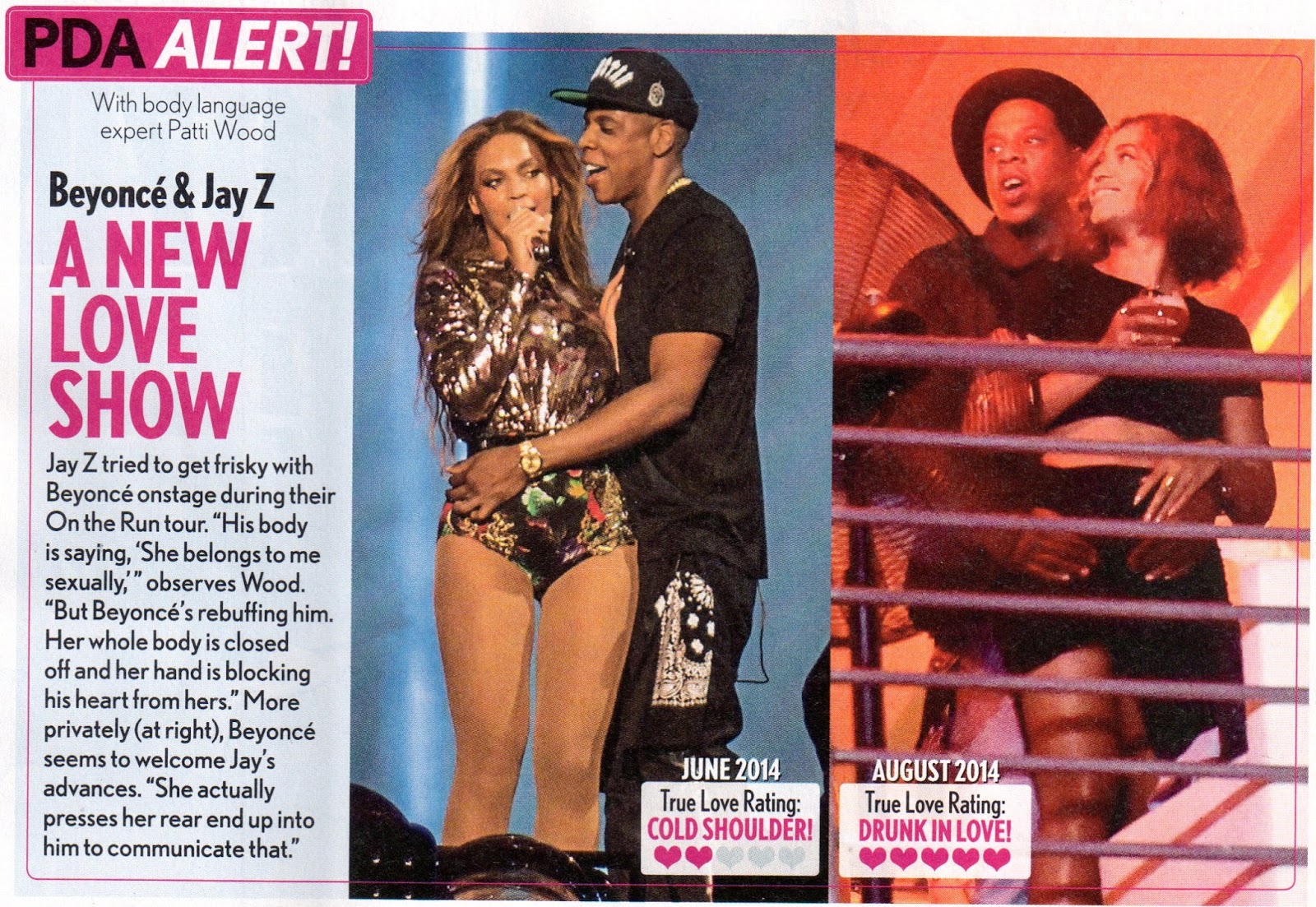Private auctions of
public parking spots are bad public policy. There is something wrong yet very
interesting about how people compete for territory. When I go to the beach in
Miami I often have an easy access through a gate requiring a hotel room key to
get to the beach. Though it makes it easy for me, that access makes it harder
for someone who is not paying $350 dollars a night to get to the ocean.
I think if you can’t
equally compete for public space there is a problem. Here is an article about
the problem with APPs that let only the rich and cell phone owners get the best
access to space.
Meet MonkeyParking,
an app that's been offering drivers in Rome and San Francisco this dubious
proposition: "make money every time that you are about to leave your on-street
parking spot."
The app
facilitates what's essentially an auction. Maybe you've got precious public
curb space you're about to give up. No doubt frustrated drivers are circling
for just such a prize. MonkeyParking pairs the two – with bids starting at $5 a
spot. The app's creators argue that such a marketplaceoptimizes
parking supply and cuts down on the congestion and pollution that come
from so many cars circling the block.
But if
something about this idea – a private auction of a public asset – seems... not
quite right, you are not alone. San Francisco's city attorney earlier this week
sent MonkeyParking a
cease-and-desist letter, citing police code that makes it illegal to
“enter into a lease, rental agreement or contract of any kind” for public
parking spots.
City code
everywhere is full of regulations that have not quite caught up to potentially
beneficial innovation. This is not an example of that.
Technology has
suddenly made it possible to monetize on a large all kinds of things: Airbnb wants
to commodify your spare bedroom, Lyft your empty passenger seat, TaskRabbit your
spare time, 1000 Tools your
unused power drill, Leftover Swap your,
well, leftovers.
But all of
these platforms share an unquestionable – if not universally appealing –
premise: The seller is offering something that's arguably his or hers to give.
Not so with MonkeyParking and a handful of other apps that have sprung up
around the same concept (San Francisco is also warning off two other
apps, Sweetch and ParkModo).
By straying
into private transactions over communal assets, these apps are likely to
produce a number of unintended (not to mention unfair) consequences. They
threaten to price the poor and the smartphone-less out of parking. They could
undercut a city's efforts to manage parking supply through holistic pricing
policy. And they're likely to produce parking squatters – people who will wait
to give up a spot until they know they've got a buyer.
Jenny Xie at CityLab had a
good backgrounder last month on how ParkingMonkey works, and the rationale of
its founder, Paolo Dobrowolny, who no doubt foresaw such a legal bind. "He
argues MonkeyParking doesn't broker parking spaces themselves," Xie wrote,
"but rather the valuable information that somebody is just about to leave
a spot."
San Francisco
is obviously not buying the distinction. Here's the threat from city attorney
Dennis Herrera in announcing
the cease-and-desist:
It’s illegal,
it puts drivers on the hook for $300 fines, and it creates a predatory private
market for public parking spaces that San Franciscans will not tolerate. Worst
of all, it encourages drivers to use their mobile devices unsafely—to engage in
online bidding wars while driving. People are free to rent out their own
private driveways and garage spaces should they choose to do so. But we will
not abide businesses that hold hostage on‐street public
parking spots for their own private profit.
Drivers who use
the app face $300 fines. MonkeyParking, by encouraging them to do so, could
face $2,500 civil penalties under the state's Unfair Competition Law. What's
more, Herrera warns that every download, purchase and sale of a parking spot
may constitute a separate violation. The city has asked Apple to remove the app
from its store (although, as of this writing, it was still available for
download).
If the real
goal here is to optimize parking, it's worth noting that San Francisco already
does a better, more
innovative job at this than just about any city of America.
Emily Badger is a reporter for Wonkblog covering urban policy.
She was previously a staff writer at The At
Patti Wood, MA, Certified Speaking Professional - The Body Language Expert. For more body language insights go to her website at www.PattiWood.net. Check out Patti's website for her new book "SNAP, Making the Most of First Impressions, Body Language and Charisma" at www.snapfirstimpressions.com. Also check out Patti's YouTube channel at http://youtube.com/user/bodylanguageexpert.

.jpg)


